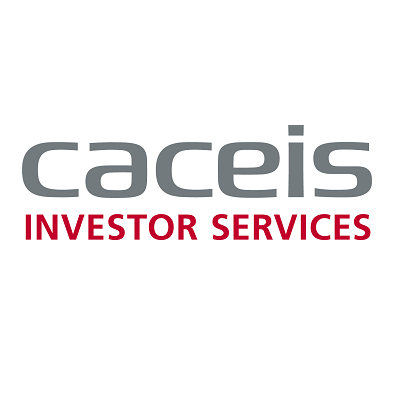Arnaud Misset looks at the opportunities and risks with tokenised financial instruments and the roles that all industry stakeholders in Europe will play in this rapidly developing area.
Technology is driving major change in the financial services industry, bringing in new ways of creating, accessing, managing, distributing, and holding assets. Regulators and industry participants need to be proactive in this area both to take advantage of the opportunities and manage the associated risks.
Distributed Ledger Technology
The foundation for this digital revolution is Distributed Ledger Technology (DLT), with Blockchain being the best known DLT protocol. Every transaction is logged into a data block and then validated, with any subsequent transaction containing common elements, forming a link to the previous one. The validation mechanism and links make chains of data blocks nearly impossible to break, so Blockchain’s “shared record of truth” is considered tamper-proof.
 Asset Tokenisation
Asset Tokenisation
Tokenisation involves the digital representation of physical assets on distributed ledgers, or the conversion and issuance of traditional asset classes in tokenised form. Tokenised assets can be stable coins (cryptocurrency pegged to a reference asset), securities tokens (representations of financial instruments or cash certificates), non-fungible tokens (NFTs - a digital identifier of ownership), or a central bank digital currency (CBDC – a digital currency with the same functions as a traditional currency). The tokens are usually kept in a digital wallet with a public cryptographic key as the account number and a private key required to access the token.
Practical uses and considerations
Most of the world’s Central Banks are looking into using CBDCs as it offers huge potential operational efficiency gains. CBDCs would also help legitimise DLT and drive further adoption in the financial industry as so much more could then be handled “on chain”. Assets can be managed and exchanged globally in real time, facilitating areas from trade settlement to cash payments (DvP), and delivery of funds to recordkeeping. Today, cumbersome verification by a central entity is required for many such tasks but Blockchain’s decentralised nature changes that.
Private Equity and Real Estate
Even in the slow-moving, traditional paper-based, world of real estate and to an extent Private Equity, where processes like change of ownership and [...]




